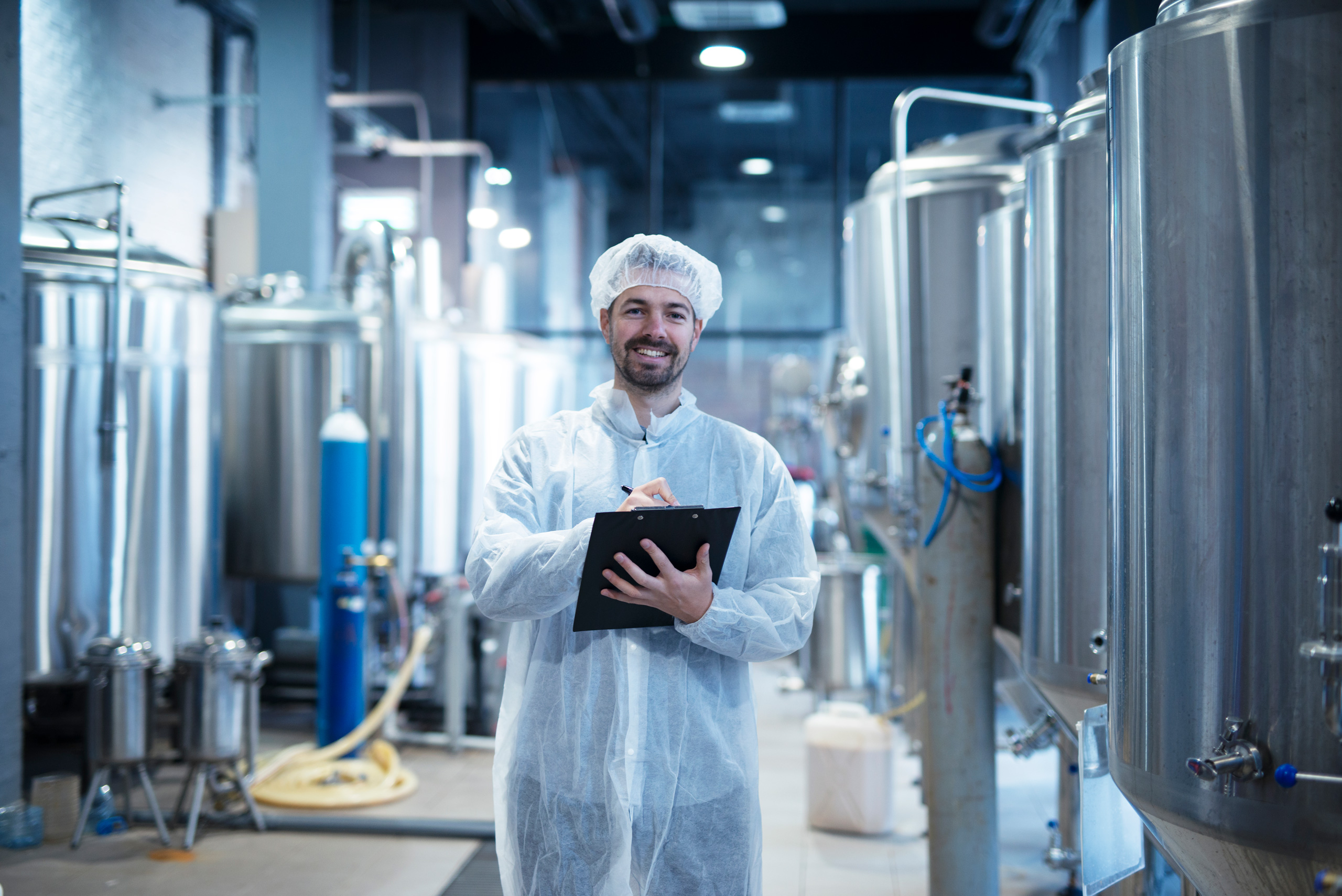
They’re the first line of defense against the harmful materials that can contaminate food and make people sick. It is also their job to ensure that the food products they work with are safe to eat. That’s why safety training for food processing and handling employees is so important.
The Food Process and Handling Safety and Human Resource courses provide employees with vital information about how to prevent contamination in their facility, the regulations that are related to food-related health and how to work well together.
The courses are divided into a number of logical sections, each with its own quiz, so information is easily understood. The interactive formats allow trainers to collect employee performance information which can be organized through a powerful relational database and provides recordkeeping and tracking report capabilities.
The DVD programs contain a Presenter’s Guide, Employee Quizzes, Scheduling and Attendance Forms, and Training Certificates.
Languages: Programs are available in English and Spanish.
Formats: Web-based E-learning / DVD / Micro Learning (3-5 minute courses) / Adaptive-Learning

The Back Safety in Food Process and Handling Environments course discusses situations that can lead to back injuries and what employees can do to avoid them at work and at home.
Employees who work with food need to be committed to creating products that are safe to eat. For this reason, it is very important that they follow good cleaning procedures in their facility.
Exposure to harmful microorganisms, such as bacteria, spores, fungi and viruses, can contaminate food products during the manufacturing process. If customers eat this contaminated food, it can result in what are known as “foodborne illnesses”. However, if employees follow proper cleaning procedures, it can help to eliminate these microorganisms.
In food processing and handling facilities, it is vitally important to keep food products free from harmful microorganisms, such as bacteria, mold, spores and viruses. These can all contaminate food products and potentially cause an outbreak of foodborne illnesses.
While cleaning is an important first step in protecting food products from contamination, sanitizing is what really eliminates surfaces and equipment of harmful microorganisms to ensure that food is safe for consumption.
The Dealing with Allergens in Food Processing and Handling Environments course discusses what allergens are, their role in the food supply chain, and how to avoid cross-contamination throughout the food manufacturing and handling processes. The course also addresses relevant FDA regulations and how to establish sanitation and cleaning protocols.
The Diversity, Equity, Inclusion and Belonging in Food Processing and Handling Environments course discusses the specific meanings and purposes behind diversity, equity, inclusion and belonging and how to practice each of them in the workplace. It also provides information about different types of diversity, what an equitable workplace looks like, and how bias can impact the opportunities that employees have.
The Emergency Planning in Food Processing and Handling Environments course discusses the types of emergencies that can occur in a food processing and handling environment and how employees should respond during an emergency.
The Evacuation Procedures in Food Processing and Handling Environments course discusses Emergency Response Plans, evacuation routes, and communication protocols. It also provides practical guidance on how to respond during an emergency, including how to assist others and how to evacuate safely.
The Food Handling Safety course discusses the contamination hazards that are associated with food handling and the materials, equipment and safe work practices employees should use to ensure that the foods they prepare won’t make someone else sick.
The Good Manufacturing Practices in the Food Industry: Part I module contains valuable information about how employees can help their facility meet the criteria set by the first three sections of the FDA’s GMP regulation which addresses Personnel, Plant and Grounds and Sanitary Operations.
The Good Manufacturing Practices in the Food Industry: Part 2 course contains valuable information about how employees can help their facility meet the criteria set by the last four sections of the FDA’s GMP regulation which covers Sanitary Facilities and Controls, Equipment and Utensils, Manufacturing Processing and Controls, and Warehousing and Distribution.
The HACCP training course discusses the most widely used international food safety program known as the Hazard Analysis and Critical Control Points system. This system ensures that the food reaching consumers is safe enough to eat.
The Hazard Recognition in Food Processing and Handling Environments course discusses the importance of hazard recognition, different types of hazards, and how to identify hazards in advance or in real time. It also provides practical guidance on how to investigate accidents and near misses.
The Heat Stress in Food Processing and Handling Environments course discusses how the body’s cooling system operates and responds to heat, types of heat-related illnesses and how to treat them, and how to prepare to work in hot food processing and handling environments safely. It also provides guidance on how to engineer controls for hot environments.
The Safe Lifting in Food Processing and Handling Environments course discusses how lifting and carrying things can affect the back, and how employees can use safe lifting techniques to help them avoid back injuries in a food processing or handling facility.
The Safety Housekeeping and Accident Prevention in Food Processing and Handling Environments course gives employees the knowledge and the tools that they need to stay focused and work safely.
The Safety Orientation in Foord Processing and Handling Environments course contains information employees need to create and maintain a safe and healthy workplace.
The Slips, Trips and Falls in Food Processing and Handling Environments course contains valuable information about how to identify, avoid and prevent hazards that cause slips, trips and falls and what employees can do to prevent them at work and at home.
The Workplace Violence in Food Processing and Handling Environments course contains valuable information about how to recognize, prevent and handle violence in the food industry. This course features video and terminology that show the environment and operations of this industry.